Jose Fuster, Coloring a Neighborhood
April 18, 2012 by jobarnett
On our first full day in Havana we visited the house of Jose Fuster, a Cuban artist whose home and neighborhood have evolved into his ever growing palette. Fuster’s projects include colorful mosaics, sculptures and paintings that have put his neighborhood, Jaimanitas, in a spotlight.
Fuster’s work has sparked interest at home and abroad, and he has in turn profited greatly in a society where it could be hard to attain noteworthy success. The money he makes he invests back into his community, bringing colorful art to his and neighboring streets and attracting attention from both domestic and international tourists. This money is not only used to “decorate” the neighborhood, however. He contributes funds to his neighbors’ neighborly needs, such as home repairs (Reuters).
One of the greatest aspects of Fuster’s work is that it is so “Cuban.” Though clearly drawing on inspiration from other artists – Picasso, Brancusi, Gaudí – his images are relevant to Cuban history, culture, and politics. Inspired by the revolution and appreciative of the education it gave him to do his art, Fuster is outwardly supportive of the government, and has pride in his country. However he occasionally has complaints which he, apparently freely, expresses through his art. For example, in one of his most famous works “La Ultima Cina,” (or “Last Supper”), Fuster is commenting on what he feels to be an arbitrary government restriction enabling only 12 guests at a time in private restaurants (MSNBC).
The visitors that Fuster’s neighborhood have attracted resemble a trend throughout Cuba, where the expanding tourism industry is affecting the land and lives of Cuban citizens, despite attempts to operate tourists in a different plane. While the goals of tourism on a larger scale in Cuba are to endure the exploitation of some land, resources, or culture in order to generate revenue that can better the country, it is hard to say that Cubans in the non-tourist sector see the benefits of these sacrifices, particularly with a dual currency system that prevents most Cubans from directly profiting from tourism.
However in Fuster’s neighborhood there is something that feels more wholesome about the successes he is seeing. Fuster’s neighborhood was not created for tourism, and is still functional predominantly on a Civilian level – much of the area is still run down, with narrow streets not well equipped to handle the terrifyingly large tour busses carrying such carefully cultured spectators as ourselves (our bus might have been a little wobbly as branches smacked against the windows, but then again this was early on in our trip before our undying trust in Duniel’s bussing abilities). Even if his neighbors are inconvenienced by influxes of tourists, his work undoubtedly beautifies the streets, and generates money that will further benefit the neighborhood directly.
4 Responses to “Jose Fuster, Coloring a Neighborhood”
Leave a Reply
You must be logged in to post a comment.
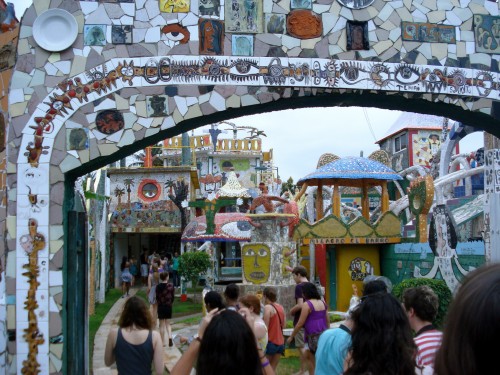
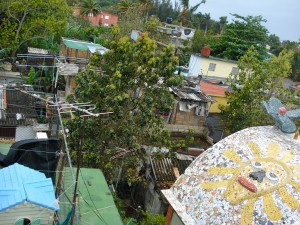
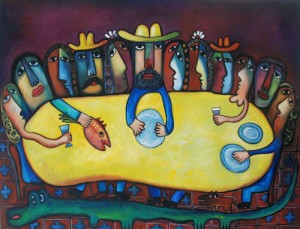
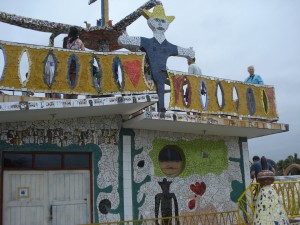
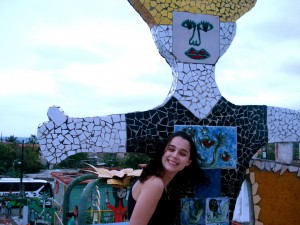
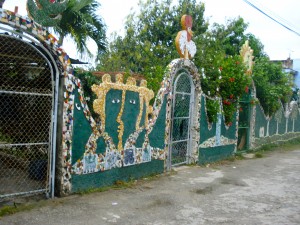
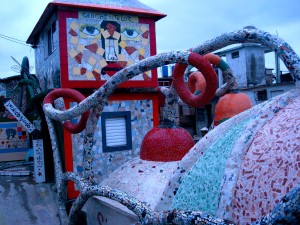
Zane Entriken
Gloucesterelectrician
http://www.gloucestercarpetcleaning.com
http://touchlifeworld.com/index.php?do=/profile-47494/info/